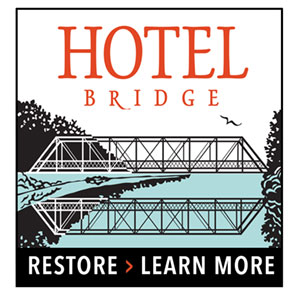Gazette Series about Leeds – Part 2
by Alice Manning, 1975, continued from Oct newsletter
The oldest citizens and those who had studied the history of the area told of its establishment, a fantastic, almost unbelievable tale. It seems that the hard times following the Revolutionary War left the economy in a miserable state and the treasury of the Commonwealth in an almost bankrupt condition. Unable to meet the demands for back pay for those who had served in the armed forces, and hard-pressed for a solution to the dilemma, the commonwealth fell back on the ancient custom of bestowing grants of land in lieu of wages. Many tracts of land in the western part of the state were given over at that time and many of the first settlers are said to have been the soldiers who were given these home lot grants instead of salary.
The first settler in Leeds is believed to be Calvin Clark who was born in the Justin Smith house on Elm Street in Northampton in 1770. Research has brought forth the fact that Calvin Clark was the fifth son of Deacon Elijah Clark who lived and died (1731 to 1791) in Northampton. Elijah Clark was a prominent man in town and in its military affairs. He served on many committees in connection with the revolutionary War and is listed as a lieutenant at Bennington. It is highly possible, then, that he took acreage in or nearby Leeds to compensate for money owed him.
At the age of 22, the year of his marriage, old records tell us that Calvin came into property owned by his father. Histories also tell us that in 1792 Calvin settled “about six miles west from the center of Northampton. The house was built on the farthest direction toward Williamsburg” on what is now known as Audubon Road.Clark, and his young bride, settled into their new home near the narrow gorge on the banks of the Mill River and set the wheels in motion for the settlement of one of the most attractive little villages in New England.
To be continued …


